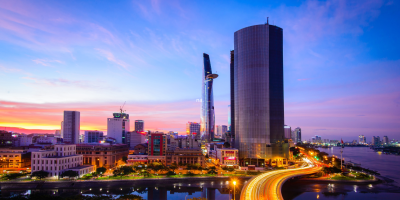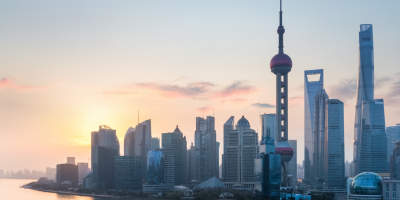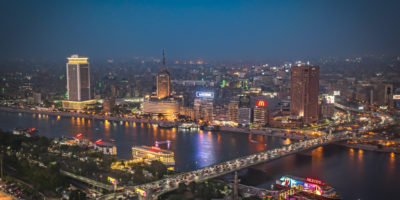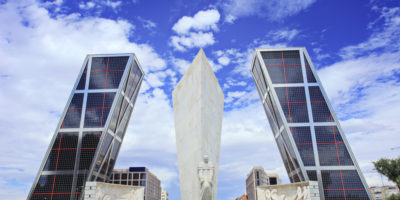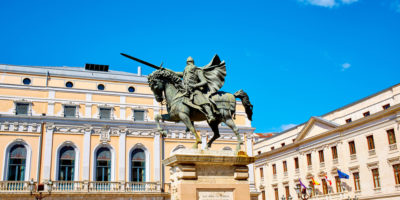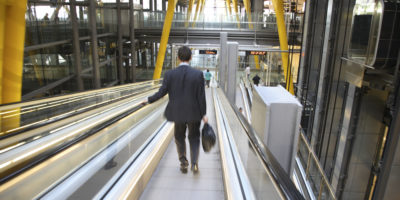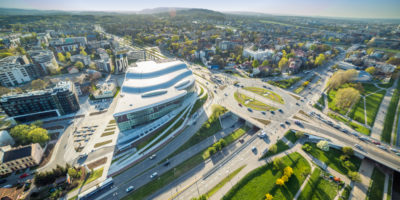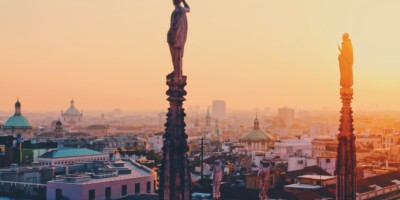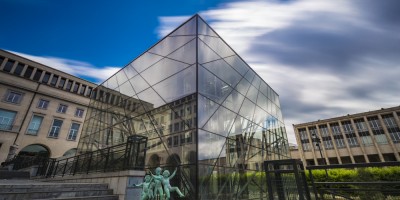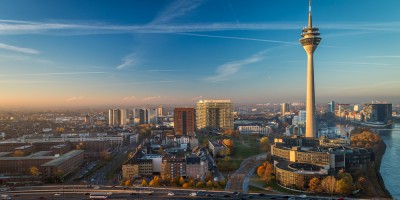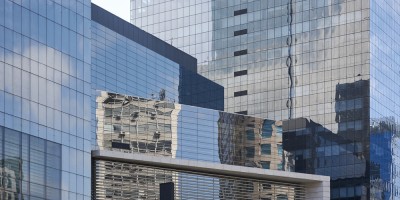-
秘鲁
Investing in Peru
31 10 月 2016
- 公司法
The challenge of an entrepreneur
When thinking on internationalization, an entrepreneur has many options and conditions to consider before making the right decision. Probably he would look for a country or region that offers safety, stability, has less restrictions, hands incentives and a cultural balance.
In South America, there is a country that has been growing steadily for the last 25 years, with a very interesting investment environment: Peru.
This country has changed its closeness of the past to become an open economy. Before 1990, this country was involved in a decadent economic situation, state control of the economy, appalling levels of inflation, high import tariffs, foreign exchange controls, prohibition of holding foreign currency, huge inequalities between cities and provinces, terrorist violence and high levels of corruption.
Although in 1990 this country looked unsustainable and ready to the final collapse, a new administration set the path to the future. The economy has been dramatically opened, tariffs unilaterally reduced, foreign exchange controls eliminated and the basis for a fair private activity of the economy has been imposed by establishing that the state’s participation in the economy should only have a subsidiary role and not represent unfair competition to the private sector.
A country to be considered as an option
Never in its republican history Peru had a period of growth of 25 years and the path set in 1990 it’s only expected to continue. The general consensus on the need of macroeconomic stability, associated with prudent fiscal policies, has brought Peru to have high international reserves and an important reduction of its external debt.
State companies have left the market in favor of local and international companies trough privatizations and concessions, especially on infrastructure.
Successive Peruvian governments have sustained a State policy of engaging on international trade agreements. To this day, Peru has free trade agreements with the mayor economies of the world, including the USA, the European Union and China, and it’s an active promoter of international economic integration, being one of the late examples “the Pacific Alliance” formed also by Colombia, Chile and Mexico, all of them open economies.
In Peru it is not only possible to hold bank accounts in local currency (Soles), US Dollars and Euros, but also to exchange currency at very competitive rates. Foreign investors or traders are able to transfer funds in and out without any previous State authorization.
The country has changed and this time modernity is also reaching the provinces, poverty has been reduced from more than 50% in the early 90’s to a little less than 20% nowadays, representing a big increase of the middle class. The new Peruvian government that initiated a 5-year mandate on July 2016, has pledged to bring poverty numbers to less than 10%.
Peruvian economy is well diversified. While the mining sector is the heavy weight of the economy, other sectors have been growing at a record pace: fishery, agriculture, agro-industry, construction, tourism, services, etc.
Peru is now committed to become part of the Organization for Economic Co-operation and Development (OECD) that congregates the high income economies of the world.
Yet, the road is still long. High levels of informality on the economy and a big deficit on infrastructure represents not only challenges but opportunities at the same time.
Legal regulations
While, legal regulations in basic areas (like tax, labour, civil law) have been basically the same since the early 90’s, the government of Pedro Pablo Kuczynsky (in office since the end of July 2016) has requested to the Congress the ability to legislate through decrees on 5 fundamental topics: economic reactivation, public safety, anti-corruption, water & sanitation and the re-organization of the state controlled petrol company(Petro-Peru).
The Peruvian Congress (led by the opposition party of Mrs. Fujimori) has granted this authority to the Executive for a 90-days period until the end of December of 2016.
In the weeks to come, we will see the announcement of new Peruvian regulations that are expected to be investors friendly. We will use the implementation of these regulations in order to explain how to do business in Peru, also from the legal point of view.
The author of this article is Frank Boyle.









